The Granule Packaging Machine is a cornerstone of modern industrial and commercial packaging, designed specifically to handle the unique challenges of filling and sealing granular products. These specialized systems are indispensable across a multitude of sectors, from food and pharmaceuticals to agriculture and chemicals, ensuring efficiency, accuracy, and product integrity.
Core Function and Applications
At its heart, the Granule Packaging Machine automates the entire packaging sequence: measuring, filling, sealing, and often coding. It is engineered for granular materials—products that are solid, free-flowing, and have a consistent particle size, such as:
-
Food: Sugar, salt, rice, beans, coffee beans, nuts, seeds, snacks, dried fruits, and various spices.
-
Pharmaceutical: Pills, tablets, and granular medicines.
-
Chemical/Agricultural: Fertilizers, pellets, desiccants, and small industrial components.
This automation significantly increases production speed and consistency while drastically reducing manual labor and the potential for human error.
Working Principle: Precision in Motion
The operation of a modern Granule Packaging Machine involves several key, seamlessly integrated stages, often governed by an advanced PLC control system:
-
Product Feeding: Granular materials are fed from a large storage hopper into the machine's dosing system, typically via a conveyor or bucket elevator.
-
Accurate Measurement (Dosing): This is the most critical stage. Granular products require precise measuring techniques to ensure consistency. Common methods include:
-
Volumetric Filling: Using adjustable volumetric cups to dispense a fixed volume. This is best for products with uniform density (like rice or lentils).
-
Multi-Head Combination Weighers: The most accurate method. Multiple weighing hoppers are used with load cells, and a control system calculates the optimal combination of hoppers to achieve the target weight, making it ideal for irregular or high-value granules (like nuts or fragile snacks).
-
Bag Forming (For VFFS/HFFS): For machines using a roll of film, the film is pulled over a former (or collar) to create a tube shape.
-
Filling: The measured quantity of granules is dispensed down a filling tube into the formed bag or pouch.
-
Sealing and Cutting: The bag is sealed, typically using heat sealing technology, both longitudinally (back seal) and transversely (top and bottom seals). A cutting device then separates the finished package. Advanced machines can also incorporate features like nitrogen flushing to extend shelf life or a coding machine for printing batch numbers and expiration dates.
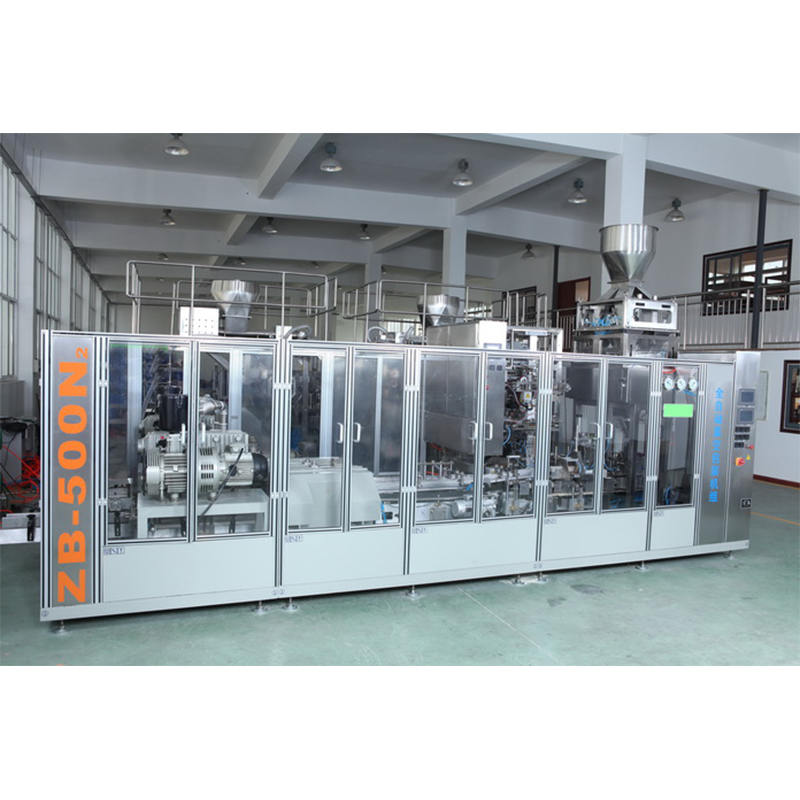
Key Product Features and Benefits
The versatility and efficiency of the Granule Packaging Machine are driven by its advanced features:
Types of Granule Packaging Solutions
The term Granule Packaging Machine encompasses several distinct equipment types, each suited for different production goals:
-
Vertical Form-Fill-Seal (VFFS): The most common type. It forms a bag vertically from a roll of film, fills it, and seals it. Ideal for smaller to medium-sized pouches and high-speed production.
-
Horizontal Form-Fill-Seal (HFFS): Forms, fills, and seals horizontally. Often preferred for larger, heavier, or more irregular products.
-
Pre-made Bag/Pouch Fillers: Designed to pick up, open, fill, and seal pre-formed bags (like stand-up pouches with zippers). Offers premium presentation.
-
Semi-Automatic Systems: Smaller machines, often just a precision filler, requiring an operator to manually place and remove the container (bottle, jar, or bag). Suitable for smaller-scale or specialized production runs.
The Granule Packaging Machine is more than just an assembly line component; it is a critical investment in product quality, production throughput, and overall operational efficiency in a competitive marketplace.


 English
English Español
Español عربى
عربى
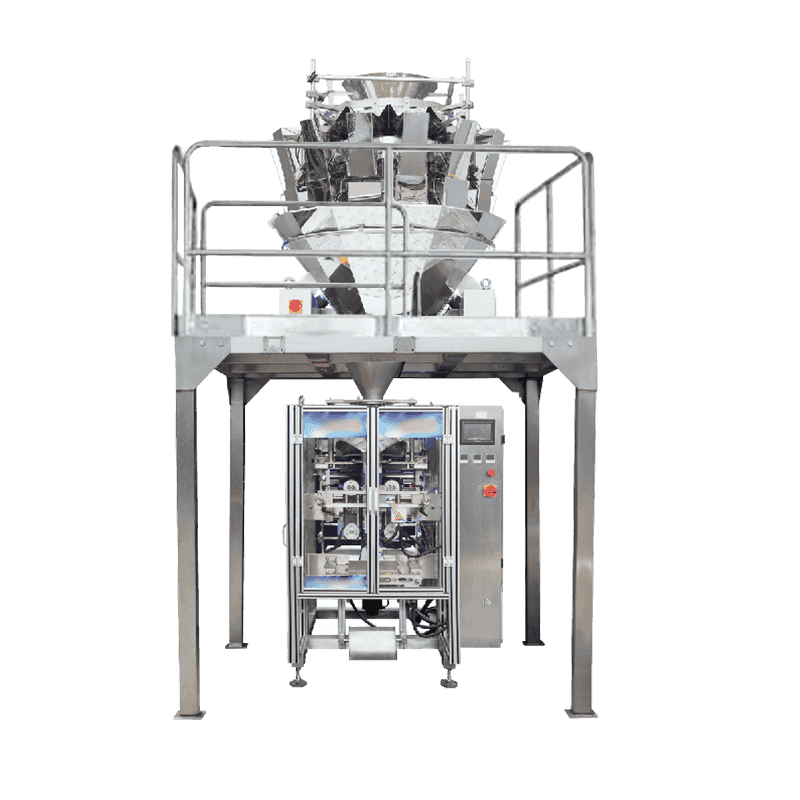
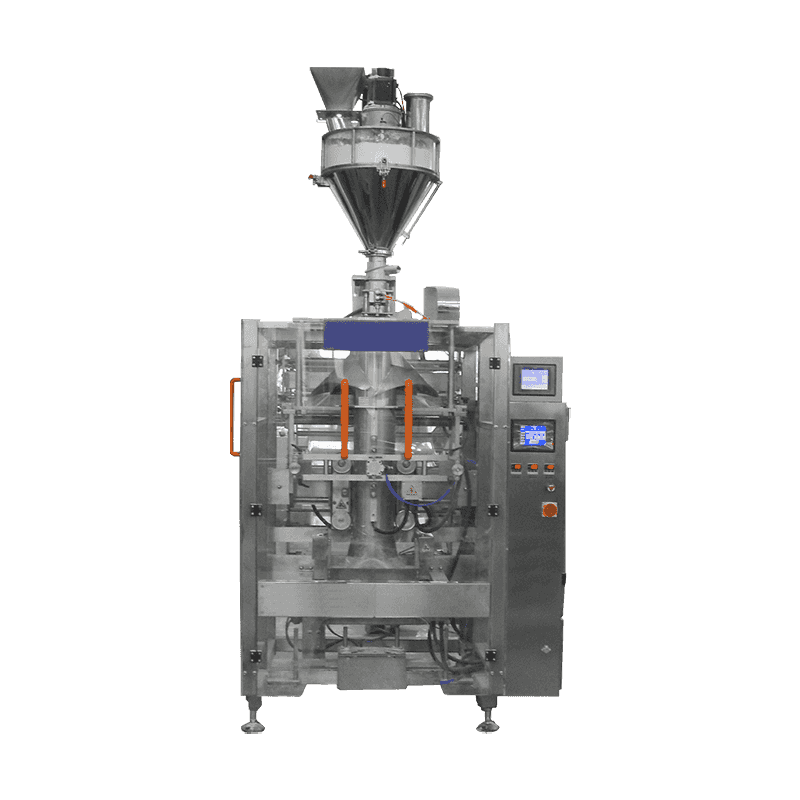
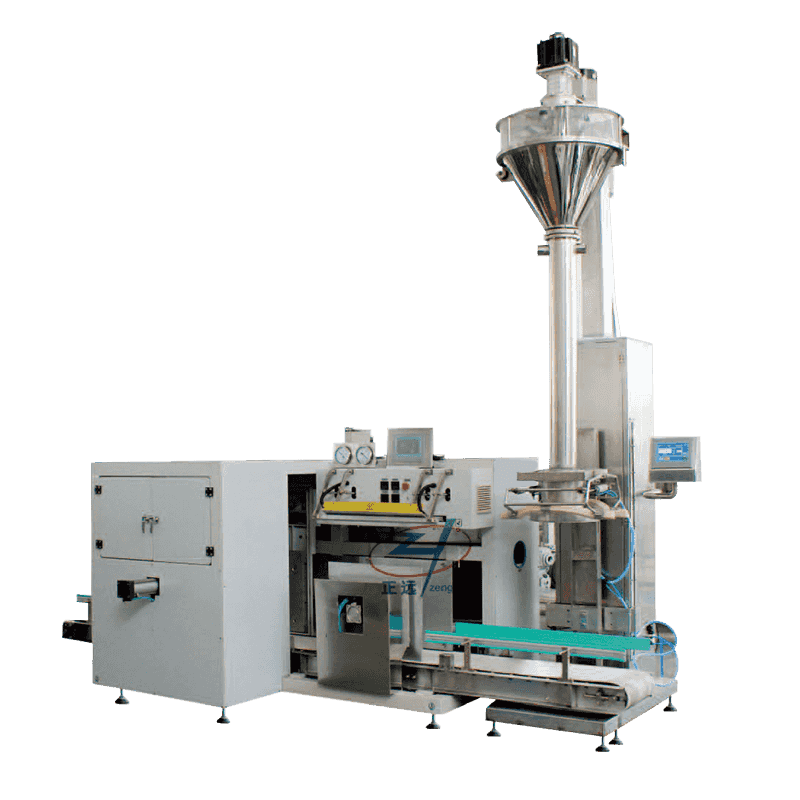
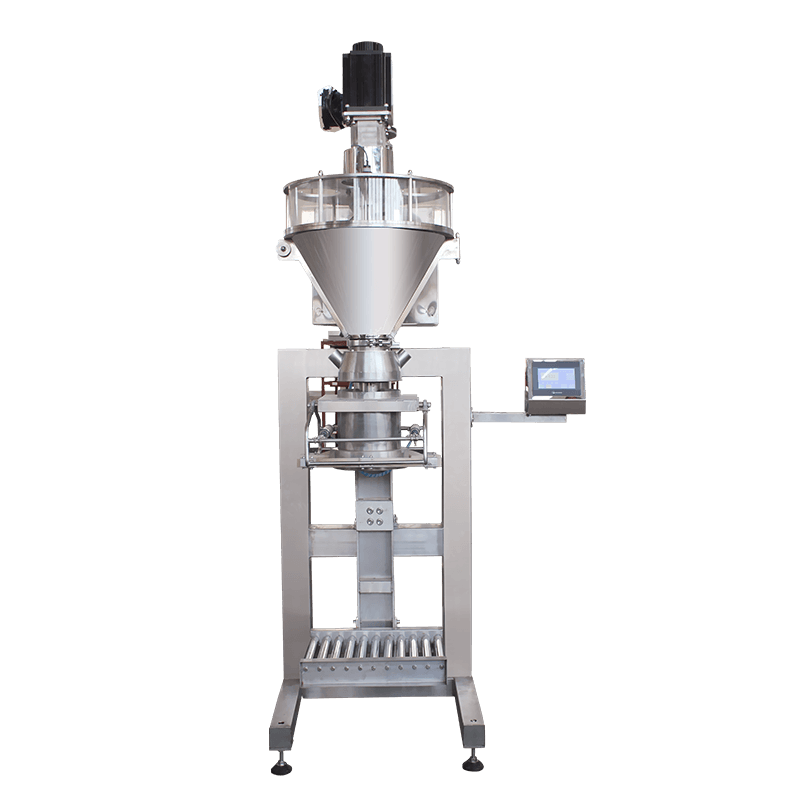
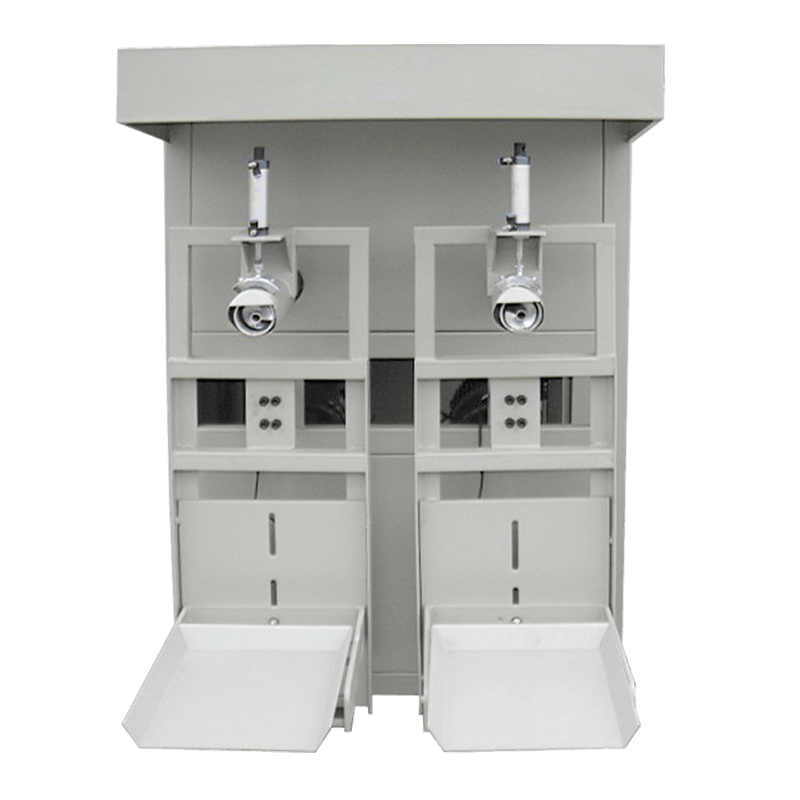

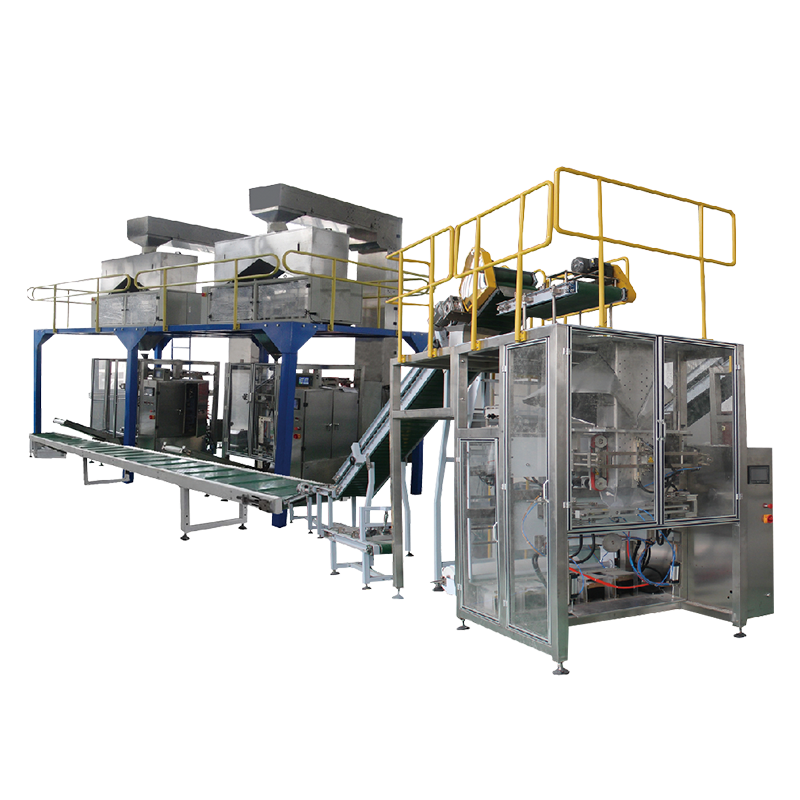
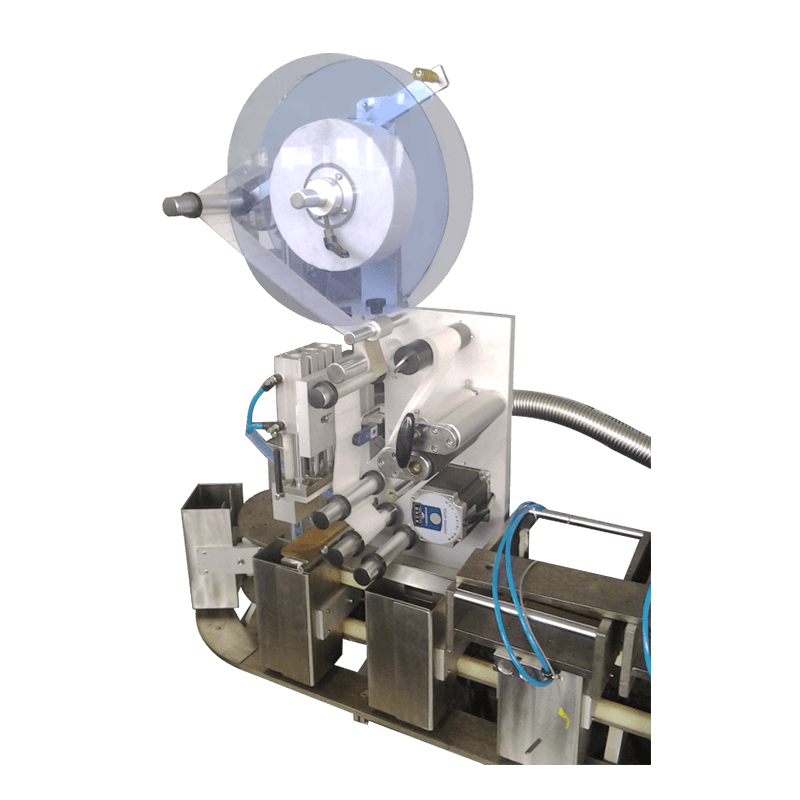


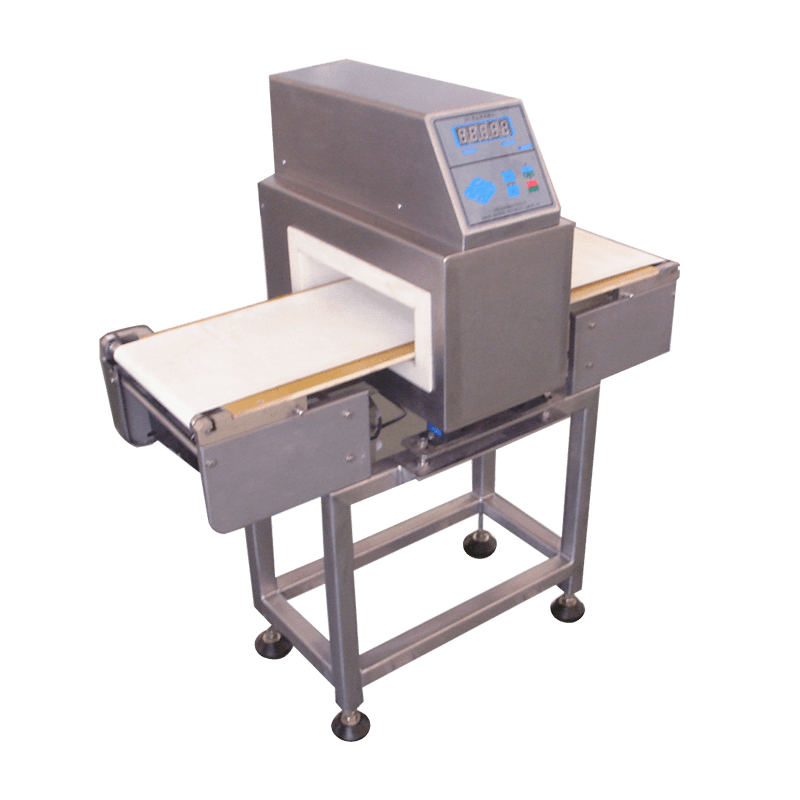
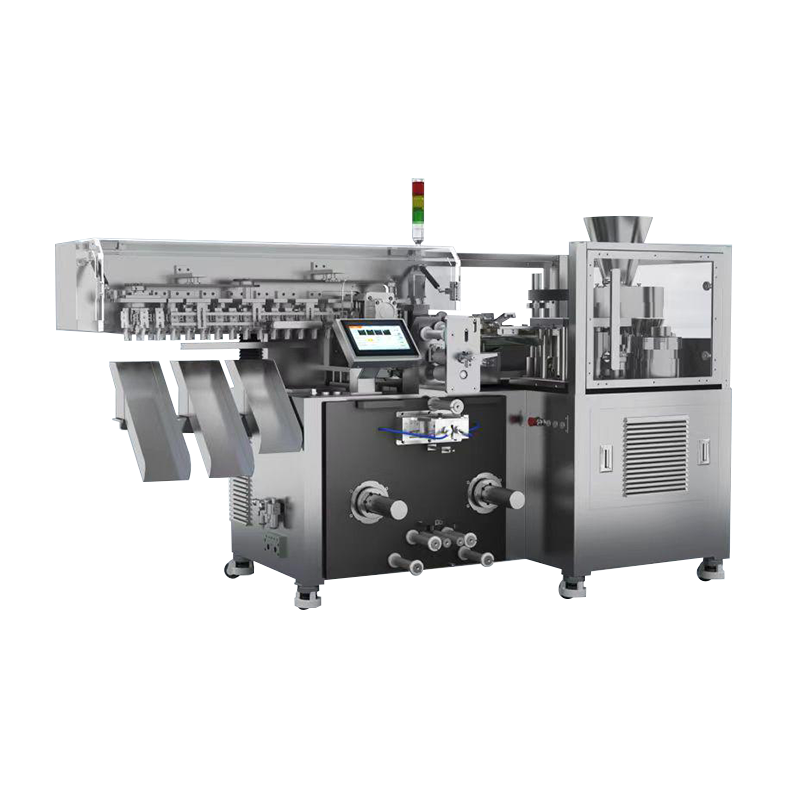

Contact Us